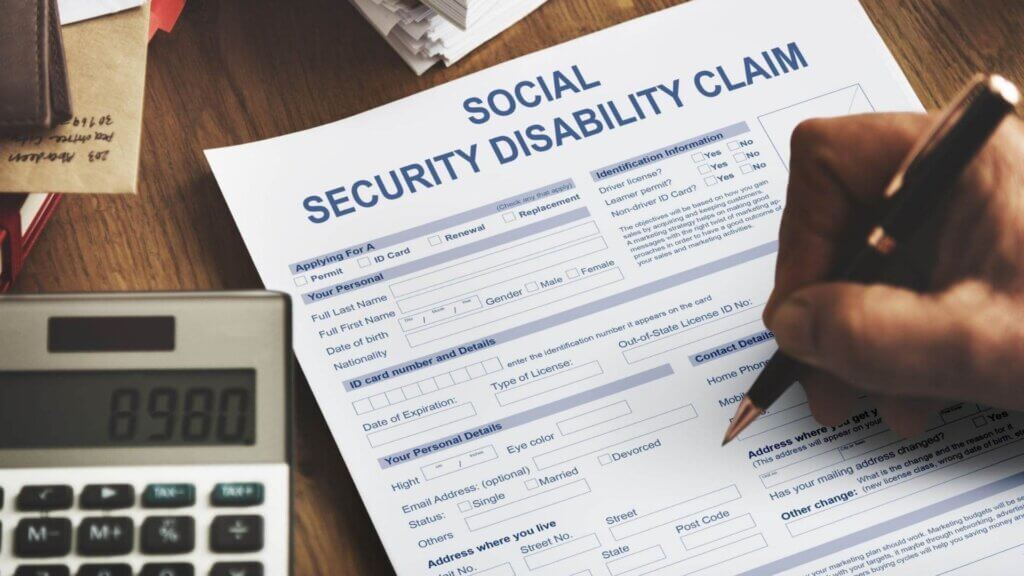
Social Security Disability Insurance (SSDI) provides monthly income support for people who are unable to work because of a severe long-term disabling condition. The program is different from Supplemental Security Income (SSI) in that SSDI beneficiaries must have paid into the system through their own work history, whereas SSI eligibility depends on age and limited income and resources. SSA determines disability by reviewing medical records and analyzing an applicant’s work history. The agency also looks at other factors, including the severity of a person’s condition and whether it can be expected to last at least 12 months or cause death. The agency uses a set of guidelines called “the listing” to identify severe impairments. It can also consider other medical conditions like heart disease and diabetes.
People who meet the definition of disability receive benefits in the form of checks deposited into their bank accounts or on SSA Direct Express cards. Beneficiaries are encouraged to try to work and can keep their benefits if they do so for nine months or more. They can also keep Medicare, even if they stop working. However, many SSDI beneficiaries die soon after beginning to collect benefits. The death rates of SSDI beneficiaries are three to six times higher than those of the general population.

How to Apply for SSDI?
You can apply for SSDI benefits by submitting a disability application to the SSA online or in person. You will need to provide certain documentation, including medical records. These records will be used to determine the severity of your disability and whether it affects your ability to work. You can also request that SSA arranges for you to undergo a medical examination to help them assess your condition.
In addition to medical records, you will need to provide a detailed list of your employment history, including your employer’s name and the dates of employment. You will also need to complete form SSA-827-BK, which asks you to provide details about other sources of income that you receive, such as workers’ compensation or insurance benefits.
The SSA will review your application and inform you of the decision within a reasonable period of time. If your application is rejected, you can appeal the decision by filing an SSA-6513-BK appeals statement and requesting a hearing. However, the appeals process can take up to three years. Therefore, submitting all required documents as quickly as possible is important to avoid delays. Getting assistance from an experienced disability attorney can increase your chances of receiving a successful outcome. A lawyer can help you gather the relevant documents and prepare them for submission to SSA.